Difference between Young Ginger and Old Ginger
1. Introduction: Understanding the Difference between Young Ginger and Old Ginger
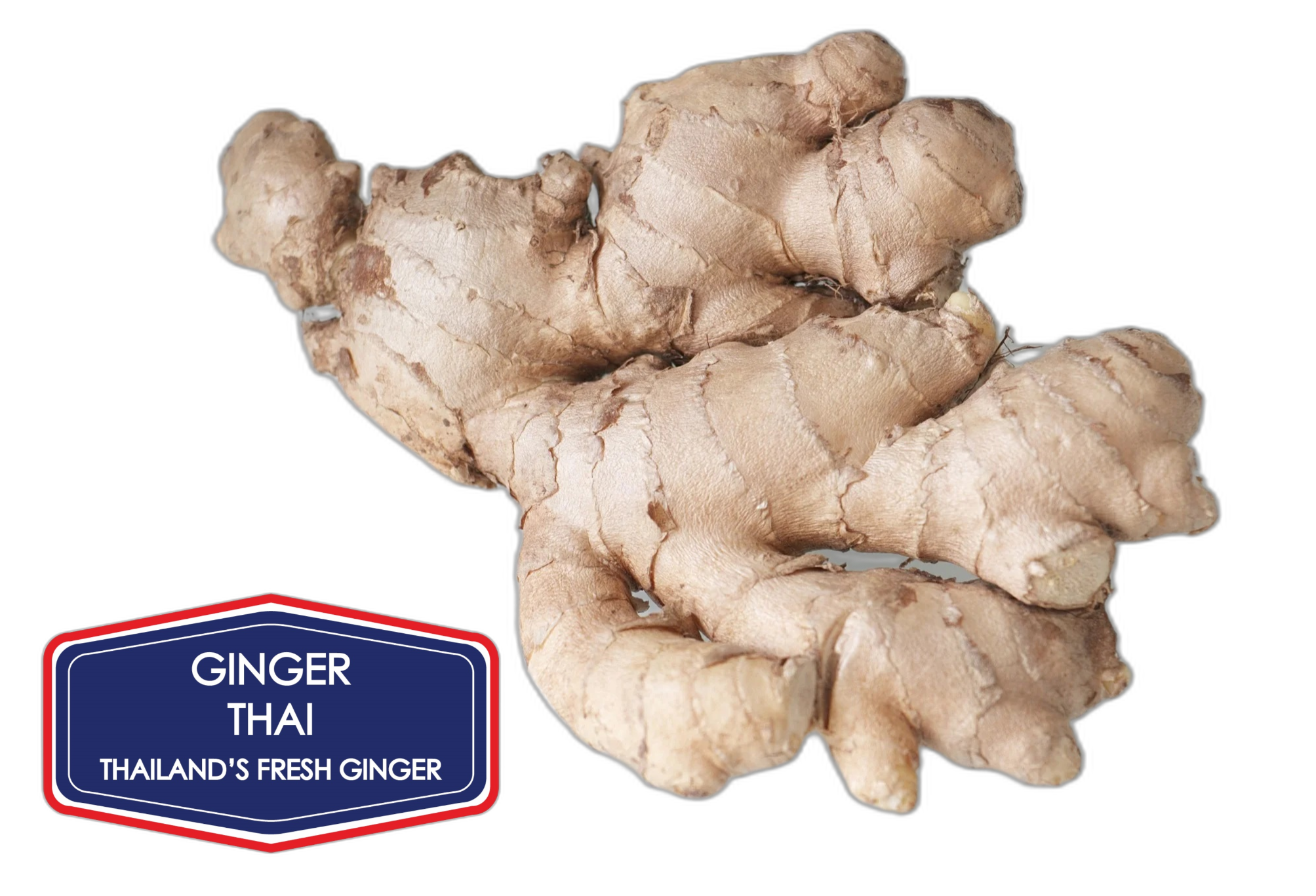
Ginger is a versatile and widely used spice known for its distinct flavor and numerous health benefits. However, not all ginger is created equal. Within the ginger family, there are two main varieties: young ginger and old ginger. Each variety possesses unique characteristics, flavors, and uses that differentiate them from one another. In this article, we will delve into the world of ginger and explore the differences between young ginger and old ginger. By understanding their varied characteristics, flavor profiles, culinary uses, and medicinal properties, you will be equipped with the knowledge to choose the right type of ginger for your specific needs. So, let's dive in and uncover the intriguing contrasts between young ginger and old ginger.
1. Introduction: Understanding the Difference between Young Ginger and Old Ginger
Ginger is a versatile and beloved spice used in cuisines around the world. But did you know that there are actually two types of ginger - young ginger and old ginger? While they may sound like a ginger-themed buddy cop movie, these two forms of ginger have distinct characteristics that can greatly impact their flavor and culinary uses. In this article, we'll explore the differences between young ginger and old ginger, from their appearance to their taste, so you can spice up your cooking with confidence.
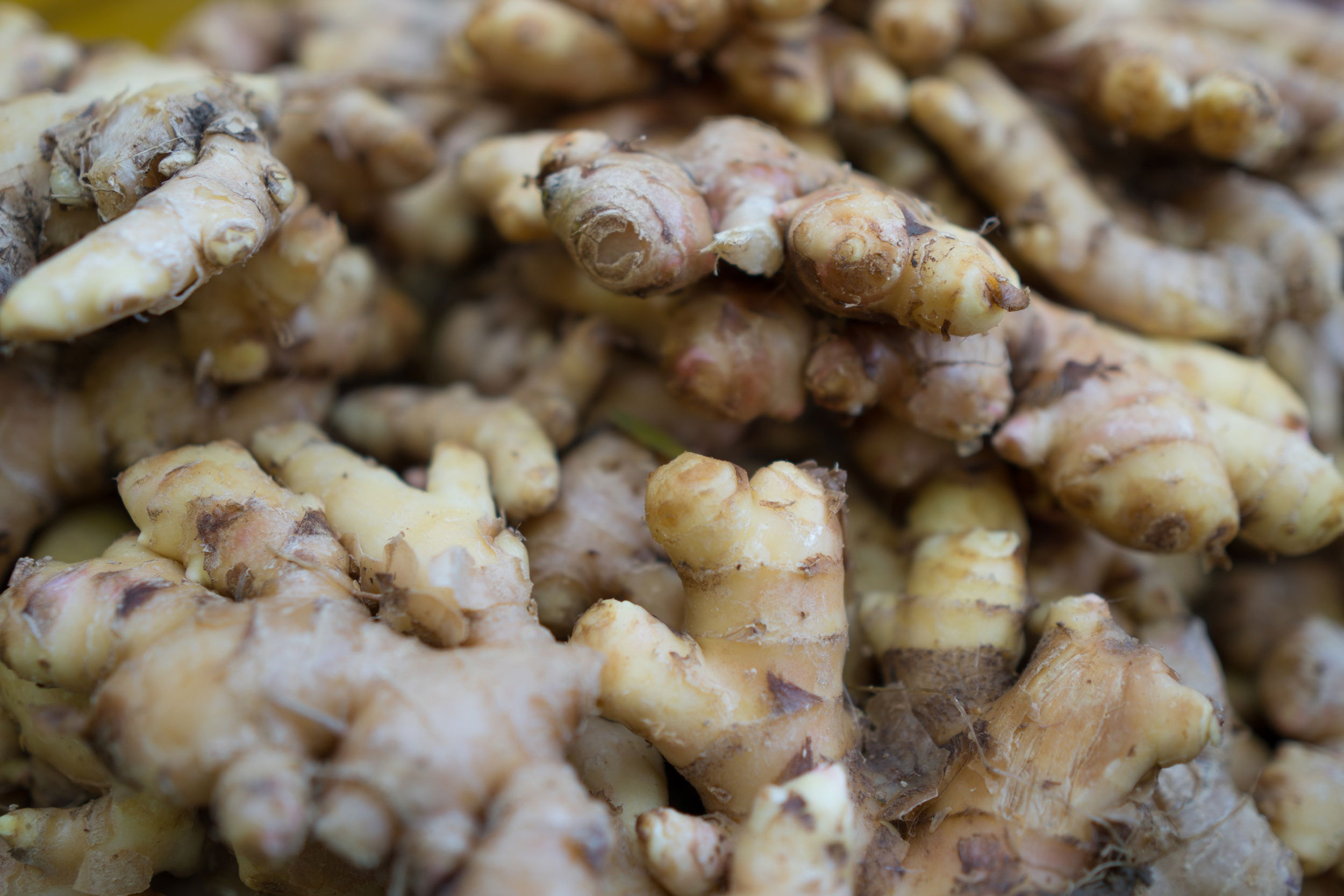
2. Characteristics and Appearance of Young Ginger
2.1 Harvesting Young Ginger
Young ginger is ginger in its early stage of growth, harvested before it fully matures. Unlike old ginger, which is typically harvested after around 7-10 months, young ginger is harvested after just a few months, usually while the plant is still tender and the skin is thin.
2.2 Physical Appearance of Young Ginger
One of the telltale signs of young ginger is its pale, thin skin. It has a smoother texture compared to its older counterpart, and the skin can range from a light yellow to a faint pink hue. Young ginger also tends to have more branches and shoots, lending it a more lively and vibrant appearance.
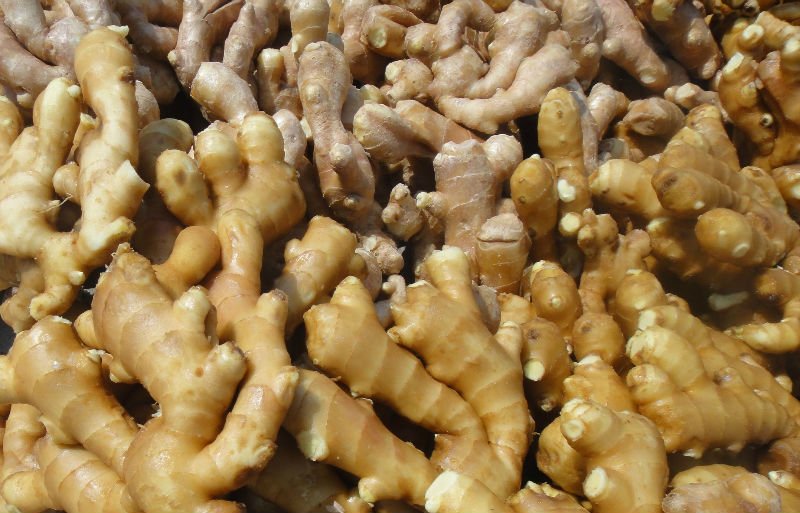
3. Characteristics and Appearance of Old Ginger
3.1 Harvesting Old Ginger
Old ginger is what most people are generally familiar with. It is harvested when the ginger plant has fully matured, typically after 7-10 months. During this time, the root has a chance to develop a thicker skin and a more robust flavor.
3.2 Physical Appearance of Old Ginger
When it comes to appearance, old ginger is often characterized by its weathered exterior. The skin is thicker, darker, and can sometimes appear wrinkled or even have a fibrous texture. Old ginger tends to have fewer shoots and branches compared to its younger counterpart.
4. Flavor Profile and Culinary Uses of Young Ginger
4.1 Mild and Delicate Flavor of Young Ginger
The flavor of young ginger is often described as milder and more delicate than that of old ginger. It has a subtle spiciness and a slightly sweet, almost floral note. This makes young ginger a great choice for dishes where you want a gentle ginger flavor that won't overpower other ingredients.
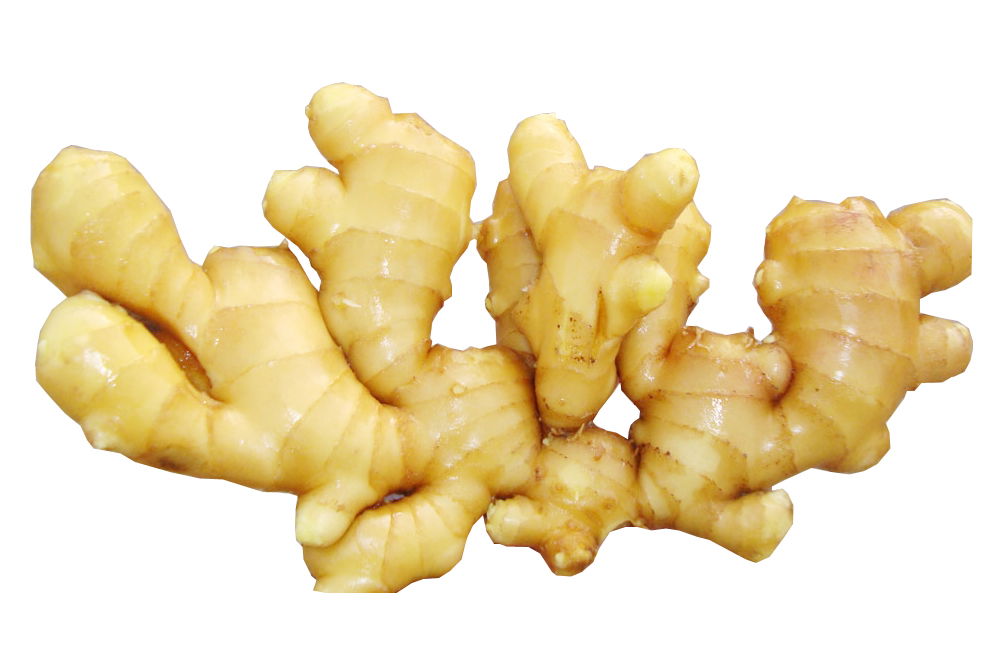
4.2 Culinary Applications of Young Ginger
Young ginger shines in dishes that require a fresher and more vibrant ginger flavor. It is commonly used in salads, stir-fries, and marinades, where its mild taste can complement the other ingredients without stealing the show. It can also be grated or sliced and added to beverages like tea or smoothies for a refreshing twist.
So, whether you opt for the zesty kick of old ginger or the subtle charm of young ginger, both forms have their own unique qualities to enhance your culinary creations. Experiment, have fun, and let your taste buds guide you in choosing the perfect ginger for your next dish!
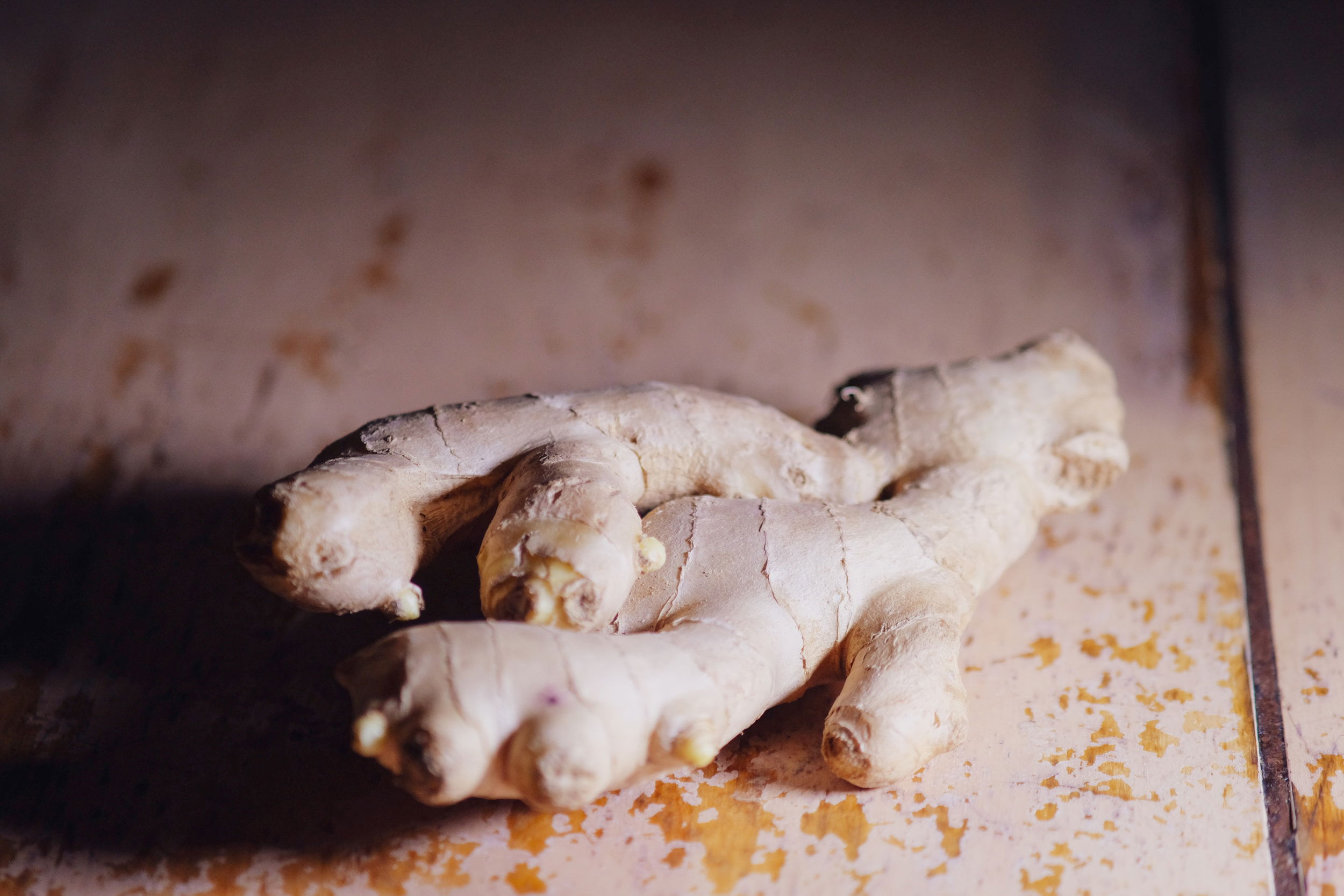
5. Flavor Profile and Culinary Uses of Old Ginger
5.1 Strong and Robust Flavor of Old Ginger
Old ginger, like that grandma who tells it like it is, packs a punch when it comes to flavor. It has a more intense, robust taste compared to its younger counterpart. Think of it as the seasoned veteran of the ginger world - it's had time to develop a deep, spicy, and slightly woody flavor that can instantly add a kick to your dishes. Just a little bit of old ginger goes a long way!
5.2 Culinary Applications of Old Ginger
When it comes to cooking, old ginger is like your trusty sidekick. Its strong flavor makes it perfect for adding depth and warmth to savory dishes. Grate some into your stir-fries, soups, or curries, and watch as it transforms ordinary recipes into flavor-packed masterpieces. Old ginger is also commonly used in marinades, sauces, and pickles, where its bold flavor can shine through. So, whether you're spicing up a stir-fry or adding a punch to your pickles, old ginger is your go-to ingredient.
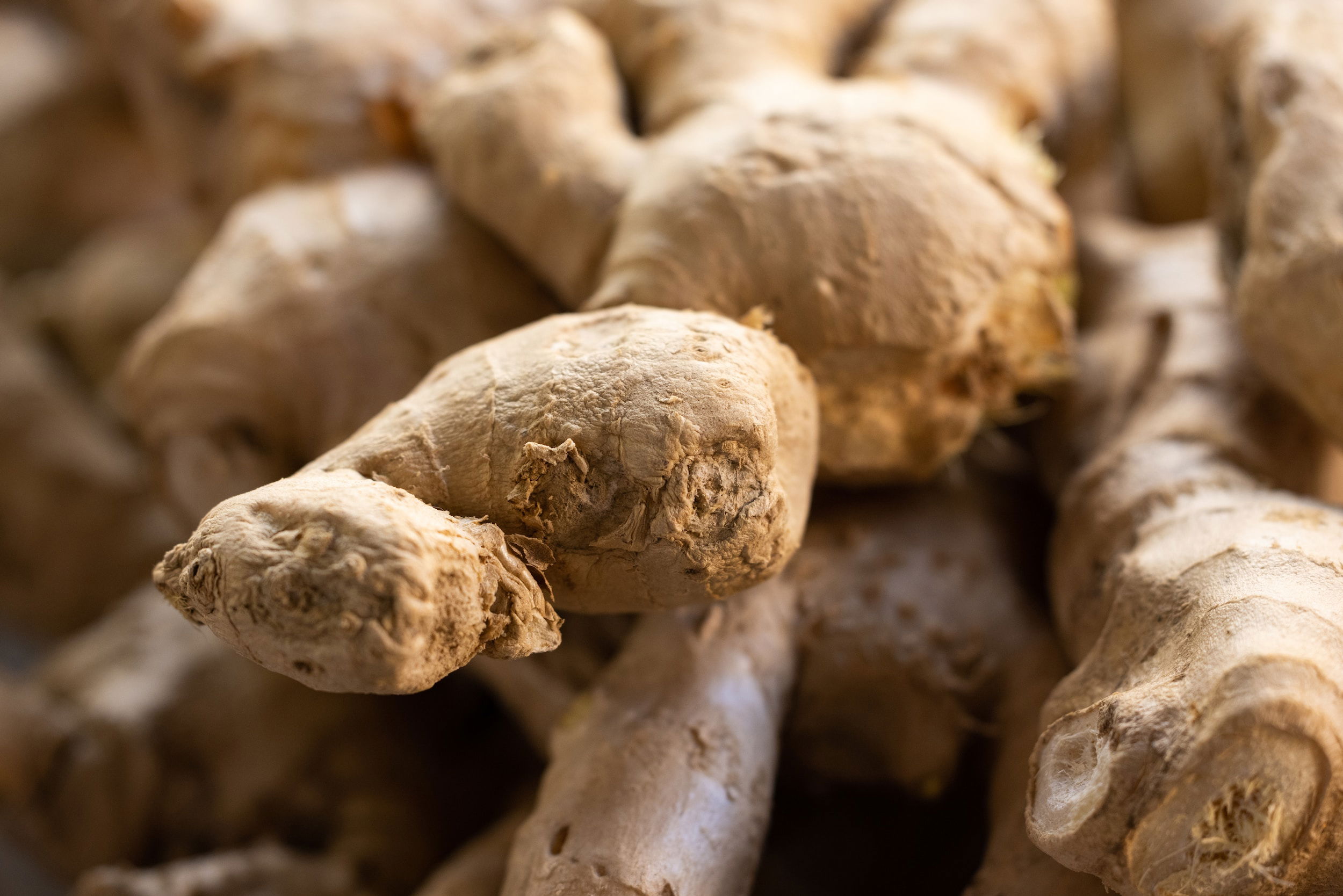
6. Nutritional Benefits and Medicinal Properties of Young Ginger
6.1 Health Benefits of Consuming Young Ginger
Young ginger, with its bright and fresh personality, brings a host of health benefits to the table. It's richer in antioxidants, which can help combat inflammation and promote overall well-being. Consuming young ginger may also aid digestion, relieve nausea, and support a healthy immune system. So, next time you're feeling a bit under the weather, reach for some young ginger and let its healing powers work their magic!
6.2 Medicinal Properties of Young Ginger
Beyond its nutritional value, young ginger is like a superhero in the world of natural remedies. It has been used for centuries in traditional medicine to alleviate various ailments. From easing muscle soreness to reducing menstrual pain, young ginger has a range of medicinal properties. It's even been suggested to have anti-cancer properties, although more research is needed to fully understand its potential. So, don't underestimate the power of this humble root!
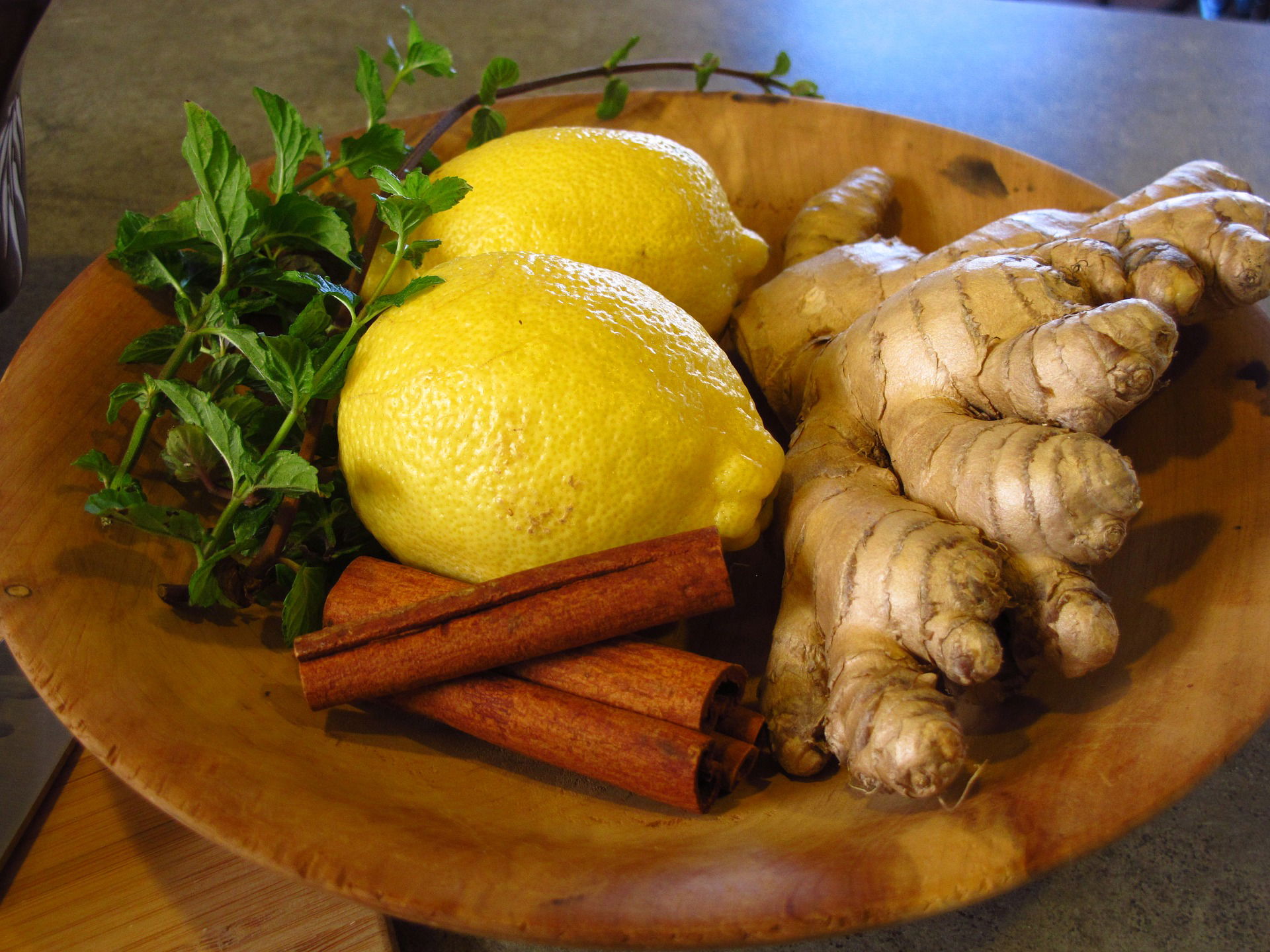
7. Nutritional Benefits and Medicinal Properties of Old Ginger
7.1 Health Benefits of Consuming Old Ginger
Old ginger may not have the vibrant charm of its younger sibling, but it certainly holds its own in terms of health benefits. It's known to promote healthy digestion, stimulate appetite, and provide relief from indigestion. With its warming properties, old ginger can also help improve circulation and ease symptoms of arthritis. So, if you're looking for a natural way to give your digestive system a boost or soothe those achy joints, old ginger might just have the answer.
7.2 Medicinal Properties of Old Ginger
When it comes to medicinal properties, old ginger doesn't disappoint. It has been used in traditional medicine to treat various conditions, including colds, coughs, and respiratory issues. Old ginger is also believed to have anti-inflammatory properties and may help reduce pain and inflammation in the body. Plus, its antioxidant content can provide a protective effect against certain chronic diseases. So, if you're in need of a natural remedy or some immune support, old ginger could be your gingerly guardian.
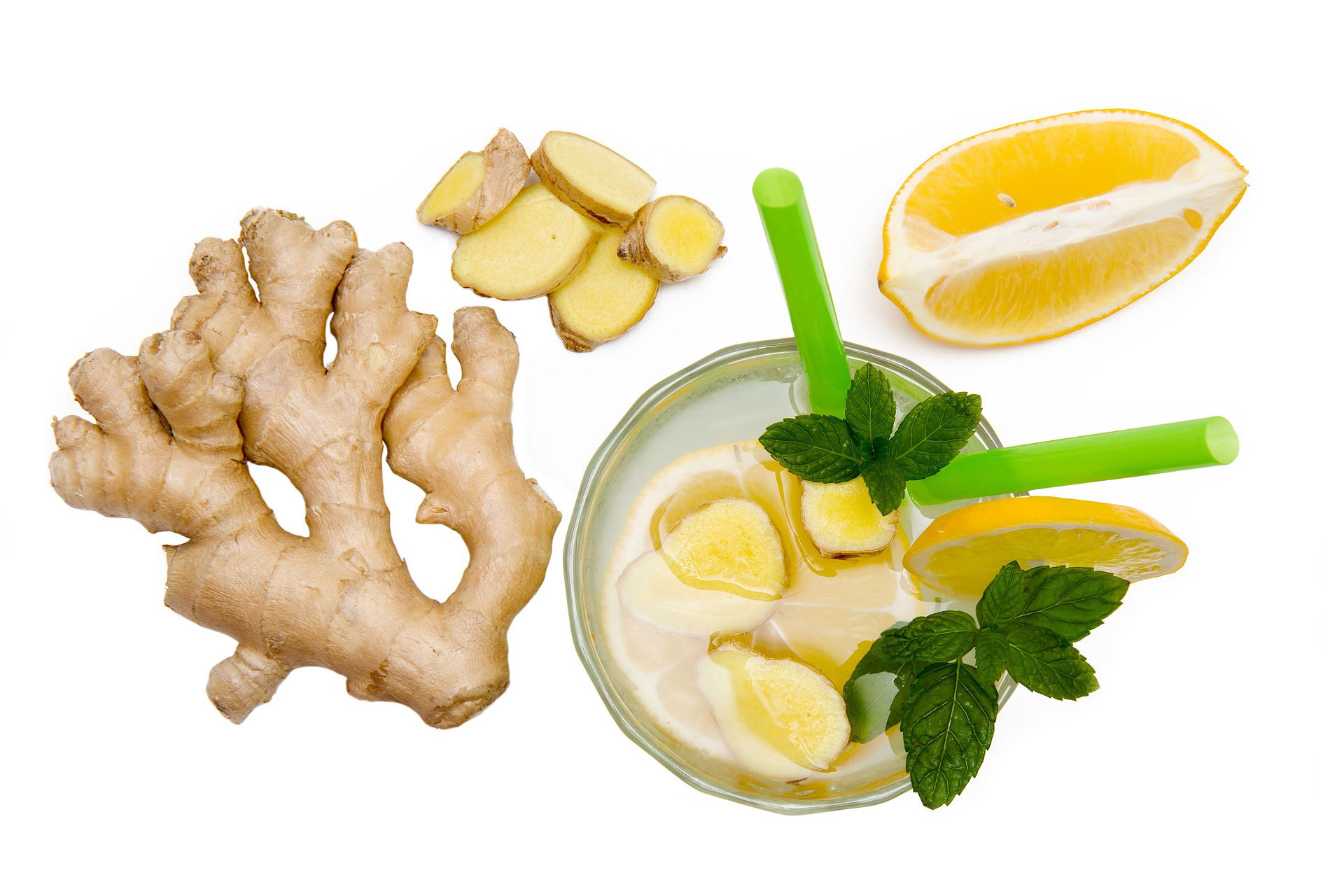
In the battle of young ginger vs old ginger, both have their unique qualities and benefits. Young ginger brings a fresh and vibrant flavor, along with a range of health benefits and medicinal properties. On the other hand, old ginger is bold and robust, perfect for adding depth to your culinary creations and providing relief for digestive issues and inflammation.
Ultimately, the choice between young and old ginger comes down to personal preference and the specific needs of your dish or health concerns. So, whether you opt for the fiery punch of old ginger or the refreshing zest of young ginger, incorporating this versatile root into your life is definitely worth considering. After all, with ginger, it's all about finding the right fit for your taste buds and well-being.
8. Conclusion: Choosing the Right Ginger for Your Needs
In conclusion, both young ginger and old ginger offer their own unique attributes and benefits. Young ginger boasts a milder flavor and tender texture, making it ideal for fresh applications and delicate dishes. On the other hand, old ginger packs a stronger flavor punch and is particularly suited for hearty and savory preparations. Whether you're looking to add a subtle kick to your stir-fries or seeking a bold spice for your curries, understanding the differences between young ginger and old ginger will help you make the right choice in your culinary endeavors. Furthermore, both varieties offer a range of nutritional benefits and medicinal properties, making ginger a valuable addition to a healthy lifestyle. So, next time you reach for ginger, consider the age and characteristics of the root to ensure it perfectly complements your desired dish or wellness goals.
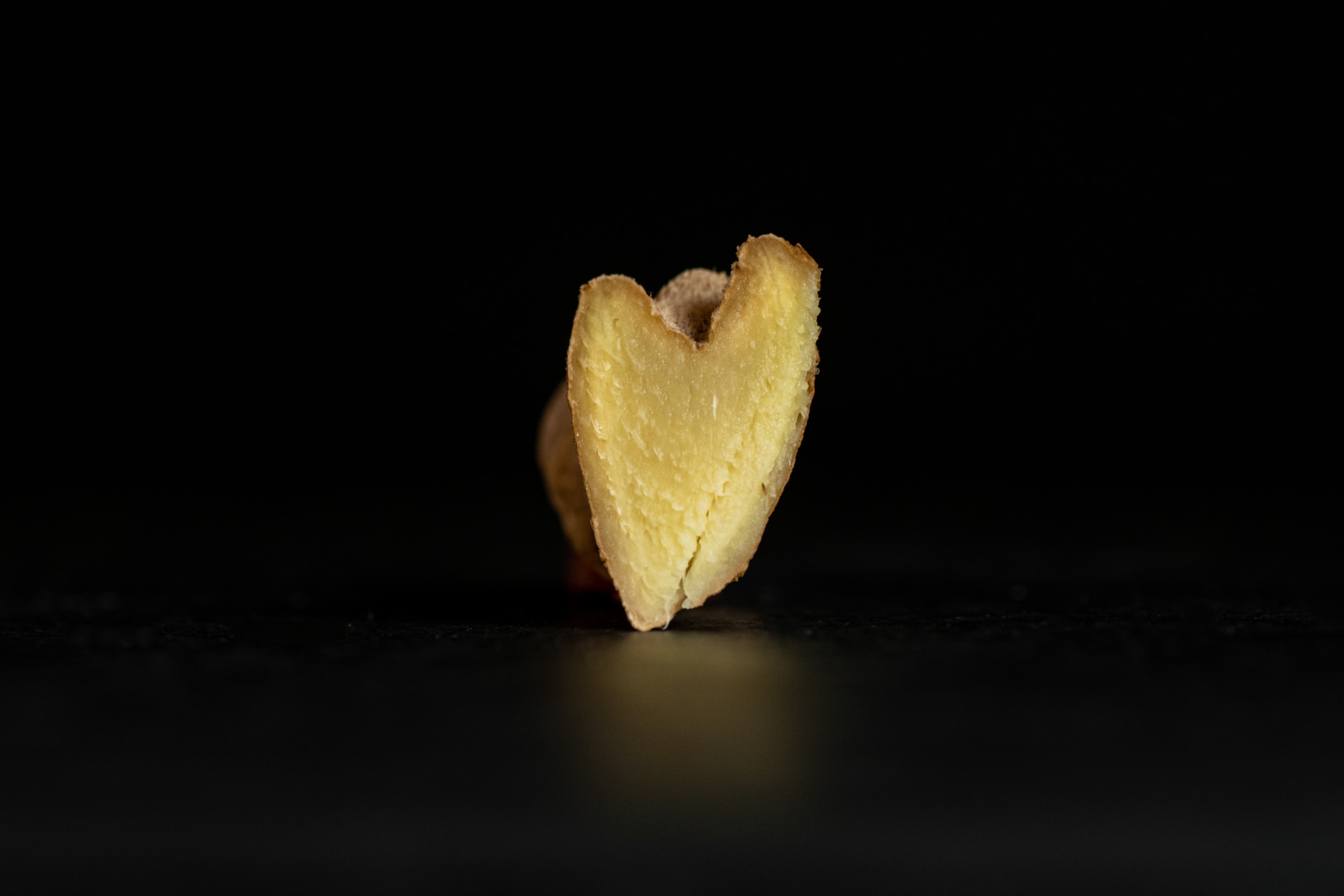
FAQ
1. Is there a significant difference in taste between young ginger and old ginger?
Young ginger has a milder and more subtle flavor compared to old ginger. Its taste is often described as slightly sweet, fresh, and less pungent. Old ginger, on the other hand, has a stronger and more robust flavor with a hint of spiciness.
2. Can young ginger and old ginger be used interchangeably in recipes?
While young ginger and old ginger can be used interchangeably in certain recipes, it's important to note that their flavors and textures differ. Young ginger is best suited for dishes where a delicate flavor is desired, such as in salads, marinades, and lightly cooked dishes. Old ginger, with its stronger taste, is better suited for dishes that require a bold and pronounced ginger flavor, such as stir-fries, soups, and curries.
3. Are there any specific health benefits associated with young ginger and old ginger?
Both young ginger and old ginger offer various health benefits. Young ginger is known for its anti-inflammatory properties, aiding digestion, and promoting cardiovascular health. Old ginger, on the other hand, is often associated with relieving nausea, reducing muscle pain and soreness, and supporting immune function. It's important to note that the specific health benefits can vary and consulting with a healthcare professional is recommended for personalized advice.
4. How can I identify young ginger and old ginger at the grocery store?
Young ginger and old ginger can be distinguished by their physical appearance. Young ginger has a thin, pale skin that is easier to peel. It often has pinkish tips and is more tender and juicy. Old ginger, on the other hand, has thicker, darker, and more fibrous skin. It may also have more pronounced wrinkles and a stronger aroma. When purchasing ginger, look for young ginger if you prefer a milder taste or old ginger if you desire a stronger ginger flavor.
